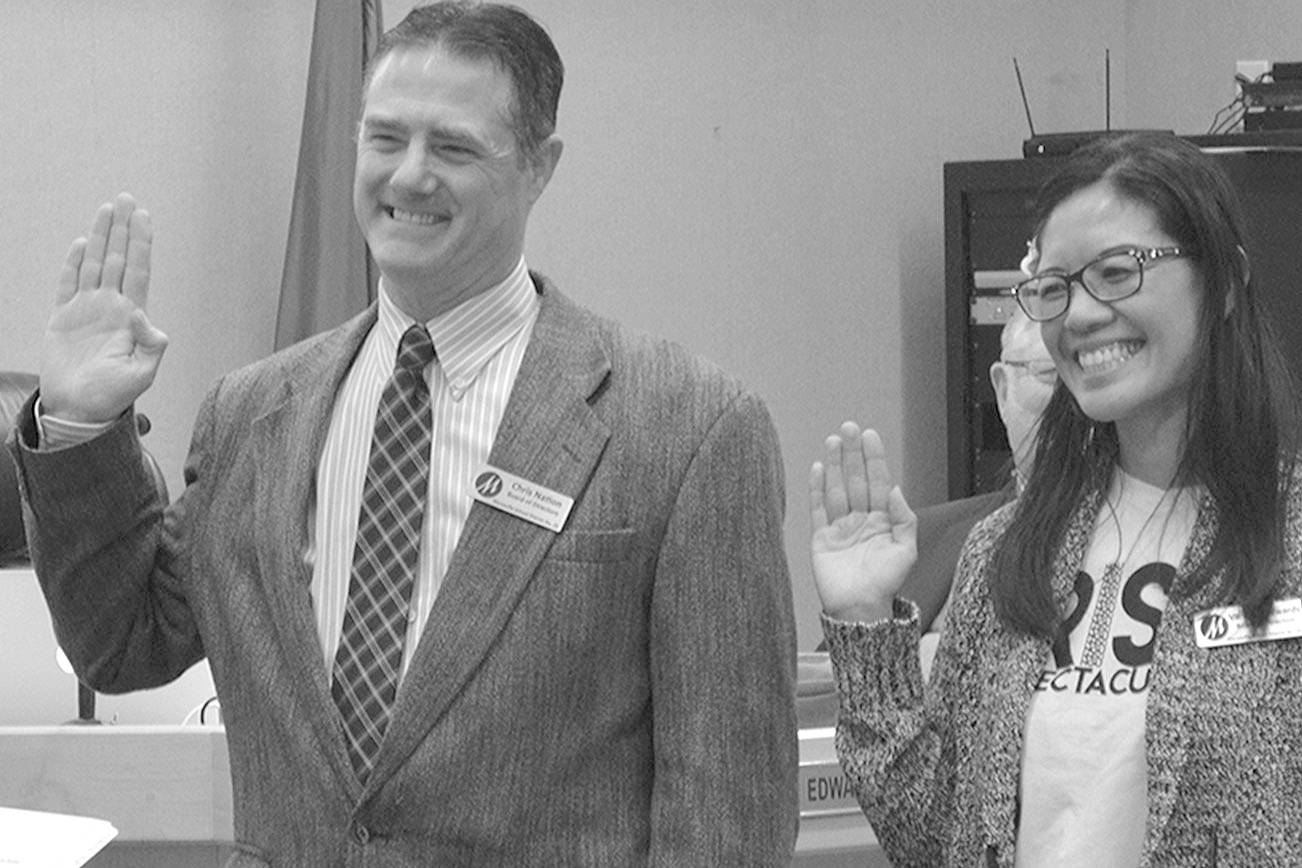MARYSVILLE – The Marysville School District wants to know what it should do with its secondary schools.
As enrollment continues to decline year after year, and the buildings themselves continue to age, the district wants to know if a new configuration of the facilities makes sense.
If so, what makes sense?
To answer that question and more, the district hired Strategies 360 to conduct a survey. The firm talked over the phone with 302 people within the district. Their results have a margin of error of 5.7 percent.
Senior research associate Cornelia Treptow said, overall, there was a lot of agreement in the responses.
“It’s not often people agree across a community like this,” she said.
For example, 71 percent of respondents said that schools need more funding, while only 22 percent said they have enough.
As for facilities, only 37 percent said they are good, while 56 percent said they were bad.
“That’s a good place to start,” said Lesley Rogers, senior vice president. “They already feel the need” for improvements to schools.
As for property taxes that would pay for improved schools, 47 percent said they are about right, while 40 percent said they were too high. Concerning how they feel about the district overall, 45 percent said they were satisfied, while 41 percent said they weren’t.
Good teachers, with a 25 percent response, was the major strength at the district, respondents said.
Ironically, teachers, at 25 percent, were also one of the weaknesses, along with learning environment at 40 percent and low funding at 36 percent.
The consultants found it interesting that so many people were wrong about growth in the district. About 62 percent said they thought enrollment was up, while only 18 percent were correct in that it is going down.
Other pluses for the district were: safety, 49 percent; technology, 48 percent; and communication, equitable education and overall performance, all 47 percent.
Barriers to education include: poverty, 24 percent; teachers, 21 percent; old buildings and lack of community support, both 18 percent; inequity of schools, 15 percent; and lack of opportunities, 13 percent.
Following the completion of this Stage 1, the schedule is:
Stage 2: Interviews with community leaders (through February 2018)
Stage 3: Online survey of faculty, staff and parents (Jan. – Feb. 2018)
Stage 4: Natural meetings (Dec. 2017 – Feb. 2018) Attend meetings where stakeholders gather to get ideas about priorities for what the district does well and where it can improve. Stage 5: Online survey (spring 2018) This will provide a chance for anyone who has not yet shared their thoughts to participate. Stage 6: Large-scale community meeting (spring 2018) Also at the meeting, the school board approved putting two levies on the Feb. 13, 2018 special election.
One is a continuance of the Educational Programs and Operations Levy. It requests $26.5 million in each of the years from 2019-2022. It also says if the state comes up with more funding as required by the state Supreme Court, it would consider rolling back levies.
The estimated cost in the first year is $2.97 per $1,000 valuation, dropping to $2.23 per $1,000 valuation in the fourth year.
Money raised from the local property taxes goes to: teachers, school supplies, technology, athletics, buildings and transportation.
The other levy is for technology and capital projects. Superintendent Becky Berg said it is the first time in many years that they have tried to pass a capital projects levy, but that it is needed to try to maintain existing schools.
“We’re going to redouble efforts there,” she said.
The goal is to raise $6 million a year for those four years. Cost would be 67 cents per $1,000 valuation, dropping to 50 cents per $1,000 by the end of the levy.
In other news at Monday’s school board meeting:
•Vanessa Edwards and Chris Nation were sworn in as directors after winning their respective elections last month.
•School board members Tom Albright was elected president, Pete Lundberg vice president and Nation the legislative representative for the board.
•Sunnyside Elementary received a donation of almost $14,000.


